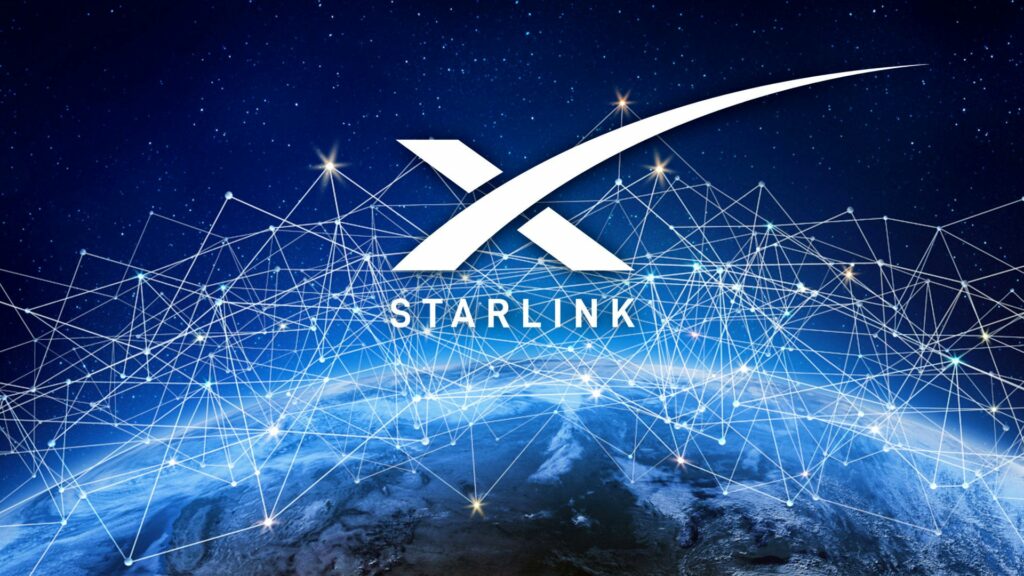What Can We Expect from Satellite Industry in 2024?
by Bogdan Gogulan, Managing Director of NewSpace Capital
Luxembourg City, March 1, 2024--Readers of this magazine will know that behind (or rather, above) many areas of modern life is satellite technology. 5G phone networks. Location tracking. Precision farming. Disaster prevention and response. Without satellites, next to none of this could exist or exist at the level of sophistication we enjoy now. The technology is so deeply integrated into modern life that if all the world’s satellites were to vanish tomorrow, we would be in serious trouble. And it’s why, despite the volatility of the past few years, the industry has continued to expand. In 2024, we can expect another big year.
Questions around Starlink
Much ink has been spilled around Starlink, the satellite internet constellation operated by Elon Musk’s SpaceX. It now has roughly 5,000 satellites in orbit and provides coverage to more than 70 countries. But there are questions around it – questions often overlooked in the mainstream discourse. There is, for one, a question around its long-term sustainability, given the constant stream of large-scale launches needed to get its satellites into space.
satellites in orbit and provides coverage to more than 70 countries. But there are questions around it – questions often overlooked in the mainstream discourse. There is, for one, a question around its long-term sustainability, given the constant stream of large-scale launches needed to get its satellites into space.
There is a question, too, around its role in the Ukraine conflict, and a potential backlash from government bodies and international regulatory entities cannot be ruled out. Its involvement in that conflict casts light on the relationship between technology, global politics and governance, which is only going to get closer.
We also need to be mindful of the risk of one company monopolising critical infrastructure, such as satellite internet. It is essential that there is a diverse range of service providers and a healthy, competitive market to reduce the dependence on a single entity.
Competition and diversity
Happily, diversity and competition in the sector is growing, and growing fast. ETL/OneWeb, SES, Telestat, Rivada and Mangata – all of these companies are showing potential. ETL/OneWeb, for instance, intends to send more than 600 satellites into orbit, while Telesat's Lightspeed constellation will comprise 298 satellites and provide global internet coverage, especially to remote areas.
The critical industry bottleneck at the moment is launch capacity, which is limited. But here, too, the market is changing. It’s expected to grow to reach $30 billion by 2026; SpaceX’s Falcon 9, partially reusable and with an excellent safety record, has been a game-changer. Diversity is growing thanks to new entrants to the market, including Blue Origin and Arianespace. It remains to be seen what impact and influence Starship, designed to supplant Falcon 9, will have in the coming years.
Sustainability Above and Below
In 2024, satellites will play an increasingly key role in sustainability. The Earth observation market in particular is projected to reach US $8 billion by 2025.
In this area, there are a number of companies to watch. ICEYE is using advanced SAR technology to image the Earth at high resolution, regardless of weather conditions, supporting environmental monitoring and disaster response. The digital MRV company Kayrros is using AI to process satellite data and provide insights into emissions and other climate events to private and supranational organisations. Cailabs, a pioneer in laser beam-shaping technology, is using optical technology to improve communication from satellites to earth. And Simera Sense, with its optical payload systems for small satellites, is making key contributions towards cost-effective, detailed Earth monitoring.
But the need for environmental protection extends to space, and the satellite industry will have to consider the sustainability of its own activities. There are now over 2,000 active satellites, 3,000 dead satellites, and 128 million pieces of smaller debris in Earth’s orbit, and initiatives like the European Space Agency’s (ESA) Clean Space have been launched to deal with this ‘space junk’.
Internet Connectivity
Innovation in the satellite sector is by no means limited to providing internet access. There have been advances in satellite-based solar power, shown in China’s ambitious plan to build a space solar power station by 2035. Satellite propulsion, too, is evolving, with electric propulsion systems increasing efficiency and longevity.
But internet connectivity nevertheless remains a key part of the conversation, and it’s to a large extent because of this – and, in particular, the power of satellites to bring internet access to underserved communities – that the growth of the sector has such profound economic and social implications. Projects like Amazonas Nexus, for example, are aiming to close the digital divide by improving connectivity in remote areas, such as rural parts of Latin America. It could change lives.
Elsewhere, consumer markets are adapting quickly to satellite-based internet services. As of December, Starlink had racked up more than 2.2 million subscribers worldwide. And in the maritime and aviation sectors, where consistent coverage is key, demand for satellite services is growing.
Ground Station Technology
There’s a great deal of movement underway in ground station technology. AI and cloud computing are being integrated for the purpose of processing data, as Microsoft’s Azure Orbital project shows. Amazon Web Services is now offering a network of ground stations, improving data download and processing power and allowing for more efficiency and greater frequency of satellite communications. This service is especially useful for Earth observation and global communication networks, since it offers scalable solutions for the vast volumes of data satellites generate. By integrating AWS Ground Station with other AWS services, Amazon is not just providing an end-to-end solution for satellite data processing and storage, but showing how space tech is converging with cloud computing and data analytics.
Emerging Economies
Emerging economies are playing a bigger and bigger role in the satellite sector. India, with its Indian Space Research Organisation (ISRO), is taking remarkable steps forward. The ISRO has launched 431 satellites for 34 countries as of 30th July 2023. Setting a new record, their PSLV-C37 mission deployed 104 satellites, showing off the growing capabilities of emerging space nations.
Conclusion
Given the sweeping changes afoot in the satellite industry, regulation, both to manage satellite traffic and ensure safety, is essential. It requires global cooperation, and here, the United Nations Office for Outer Space Affairs and ITU are key players. Markets will have to adapt, too. Technological innovation in the satellite industry must go hand in hand with robust market strategies. This will need to be ongoing, because satellites have shown the wide range of applications they offer, from communication to environmental sustainability. It is an industry that is diverse and dynamic – increasingly so.
With respect of satellites, and the space technology that’s downstream from it, it’s likely to be an eventful year.
--------------------------------------
 Bogdan Gogulan has 20 years of experience in finance, product and business development. Before initiating NewSpace Capital, he had accumulated a unique combination of cross-border experience in communication, security and defence industries. He served as VP of international operations and business development for AT Communication (Switzerland), Defendec (Baltics) and Katmerciler (Turkey), managing breakthrough projects for security and defence agencies in the Middle East and Central Asia. For years, he managed alignment and cooperation with UN agencies (BOMCA/UNDP, BOMNAF, UNODC, UNHCR, IOM) and security organisations (NATO, OSCE, ISAF).
Bogdan Gogulan has 20 years of experience in finance, product and business development. Before initiating NewSpace Capital, he had accumulated a unique combination of cross-border experience in communication, security and defence industries. He served as VP of international operations and business development for AT Communication (Switzerland), Defendec (Baltics) and Katmerciler (Turkey), managing breakthrough projects for security and defence agencies in the Middle East and Central Asia. For years, he managed alignment and cooperation with UN agencies (BOMCA/UNDP, BOMNAF, UNODC, UNHCR, IOM) and security organisations (NATO, OSCE, ISAF).





